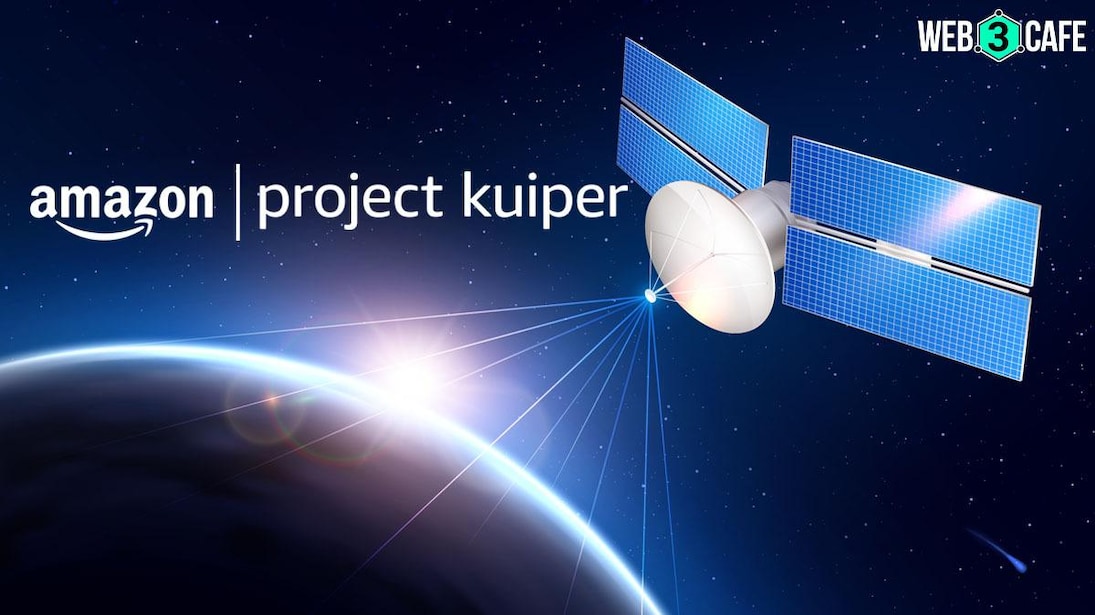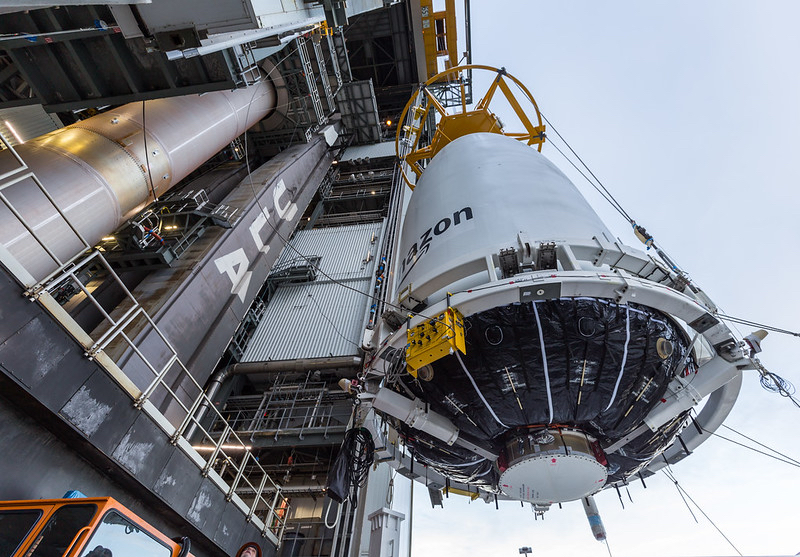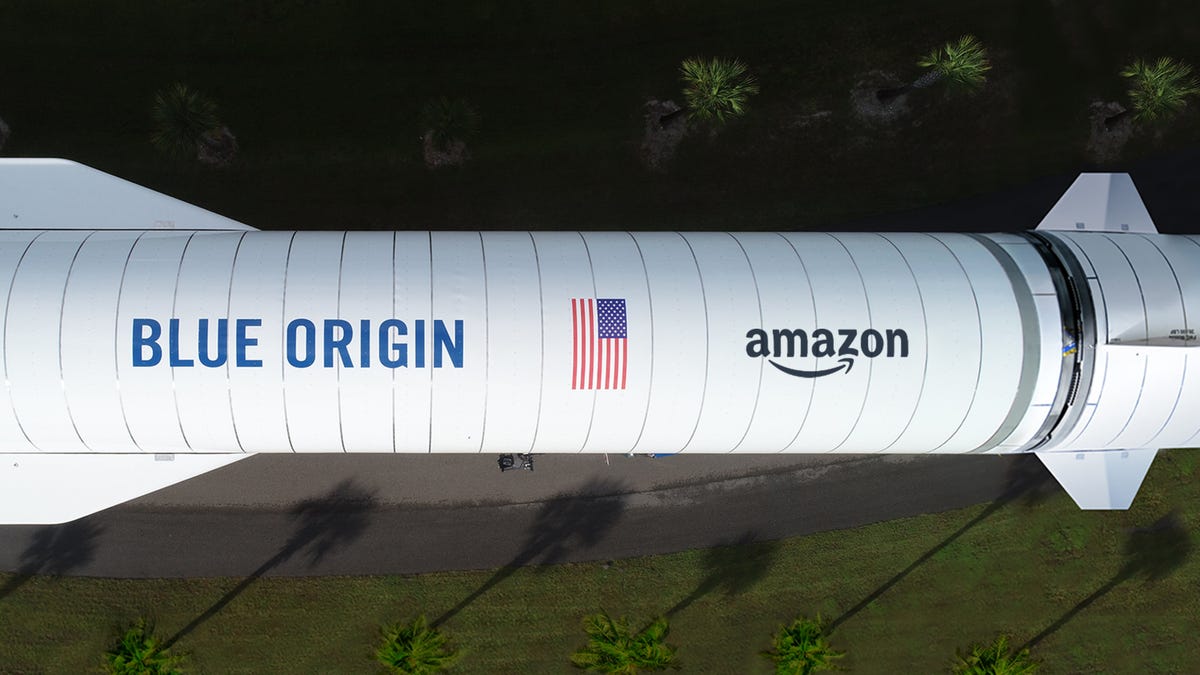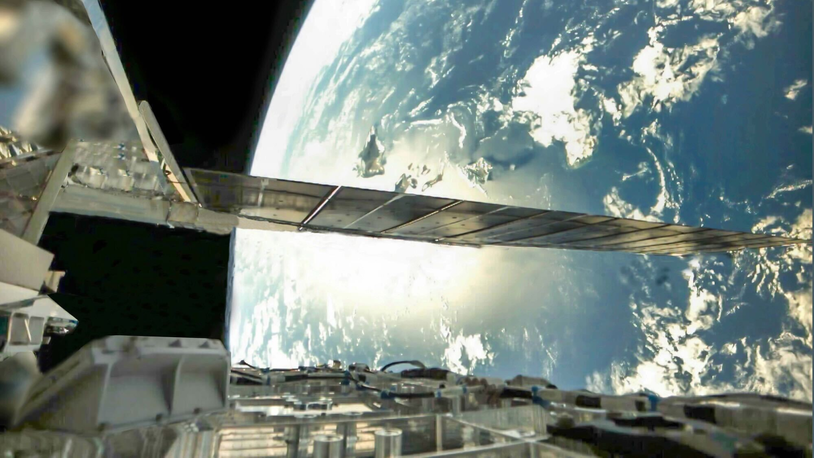Table of Contents
- Amazon's inaugural project Kuiper test satellites set for launch on 6 ...
- Amazon launches Project Kuiper prototypes to low orbit as tech giant ...
- Riviera - News Content Hub - Amazon ramps up LEO satellite output ahead ...
- Amazon launches first test satellites for Kuiper internet network ...
- Amazon's Test Satellites for Project Kuiper Set to Finally Launch Next Week
- Amazon's Satellite Internet Service, Project Kuiper, Gets a Launch ...
- Atlas 5 delivers first Amazon internet satellites to orbit on Friday ...
- Amazon Sets the Stage for Five Years of Project Kuiper Satellite ...
- El proyecto Kuiper de Amazon contrata a todos (menos SpaceX) - Tecnogeek
- Amazon Sets the Stage for Five Years of Project Kuiper Satellite ...

After years of anticipation, Amazon's highly-anticipated satellite internet project, Kuiper Systems, is finally gearing up for launch. Dubbed as a direct rival to Elon Musk's Starlink, Project Kuiper aims to provide high-speed, low-latency internet connectivity to underserved communities worldwide. In this article, we'll delve into the details of Amazon's ambitious venture and what it means for the future of satellite internet.


What is Project Kuiper?

Project Kuiper is a constellation of 3,236 satellites that will operate in low Earth orbit (LEO) to provide global internet coverage. The project was first announced in 2019, and since then, Amazon has been working tirelessly to develop the necessary technology and infrastructure. The Kuiper Systems team has made significant progress, and the project is now ready to take off.


Key Features and Benefits

Project Kuiper promises to offer several key benefits, including:

- High-Speed Internet: Kuiper Systems will provide speeds of up to 1 Gbps, making it an attractive option for streaming, online gaming, and other bandwidth-intensive activities.
- Low Latency: With latency as low as 20 ms, Kuiper Systems will offer a seamless online experience, comparable to traditional fiber-optic connections.
- Global Coverage: The Kuiper constellation will provide coverage to over 95% of the global population, including remote and underserved areas.

How Does it Compare to Starlink?
While both Project Kuiper and Starlink aim to provide satellite internet, there are some key differences. Starlink has a head start, with over 2,000 satellites already in orbit, while Kuiper Systems is just beginning its launch sequence. However, Amazon's project has some advantages, including:
- Lower Costs: Kuiper Systems is expected to offer more competitive pricing, making it a more affordable option for consumers.
- Advanced Technology: Amazon's project utilizes advanced antenna technology, which provides better performance and efficiency.

Launch Schedule and Future Plans
Amazon has announced that the first Kuiper Systems satellites will launch in the coming months, with the goal of providing commercial service by 2024. The company plans to launch multiple satellites over the next few years, with the aim of completing the constellation by the end of the decade.
As Project Kuiper prepares for launch, it's clear that Amazon is committed to revolutionizing the satellite internet industry. With its advanced technology, competitive pricing, and global coverage, Kuiper Systems is poised to make a significant impact on the way we access the internet.
Project Kuiper is an exciting development in the world of satellite internet, and its launch is eagerly anticipated. As Amazon's ambitious venture takes to the skies, it's likely to have a profound impact on the way we connect to the internet. With its promise of high-speed, low-latency internet, Kuiper Systems is set to bridge the digital divide and bring online access to millions of people around the world.
Stay tuned for further updates on Project Kuiper and the future of satellite internet. Will Amazon's venture be able to rival Starlink and dominate the market? Only time will tell, but one thing is certain – the future of internet connectivity has never looked brighter.